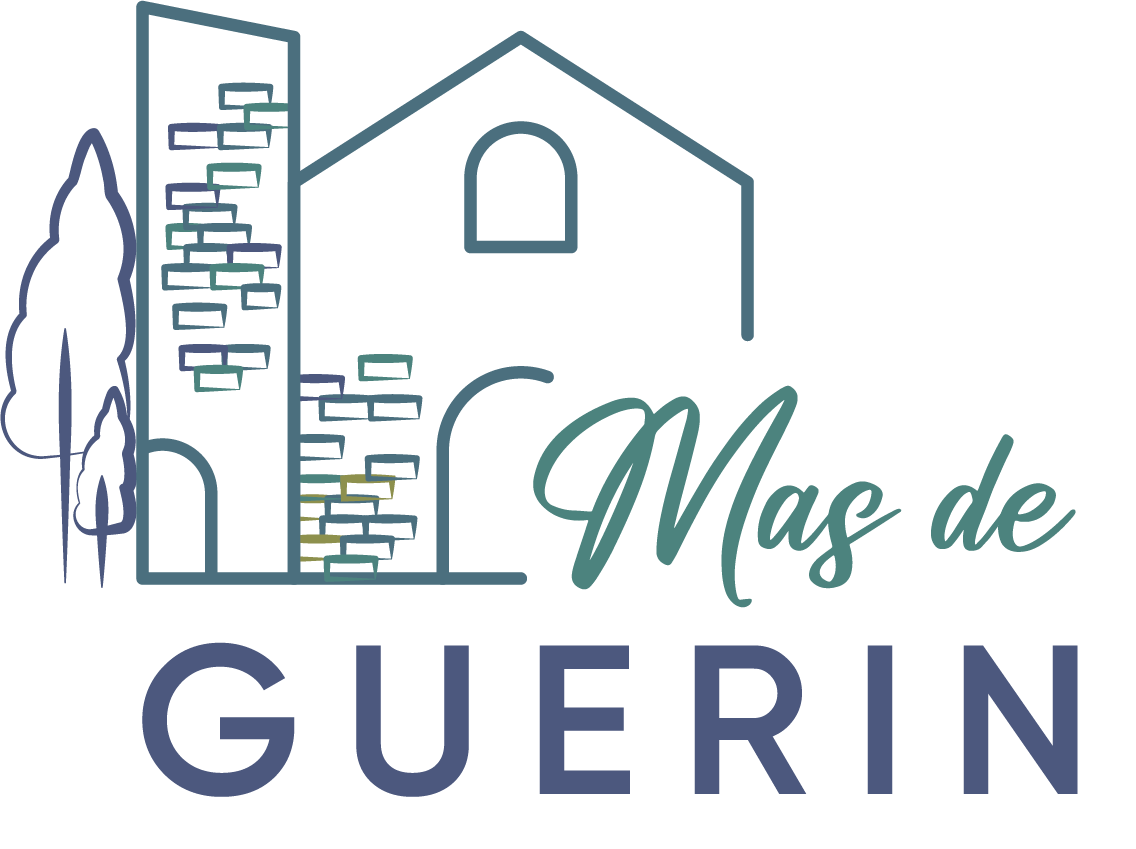To visit
Our region is full of hidden treasures...
Discover here our recommendations of places and villages to visit.
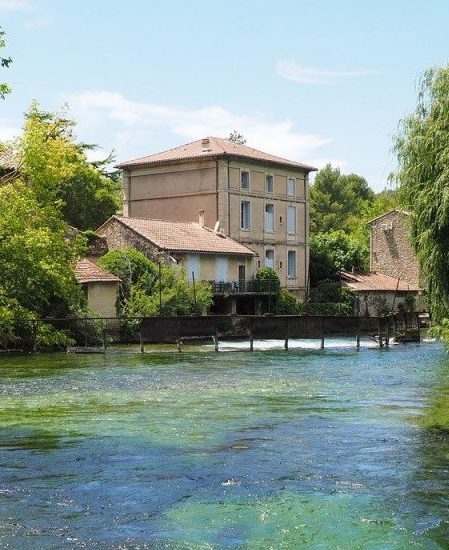
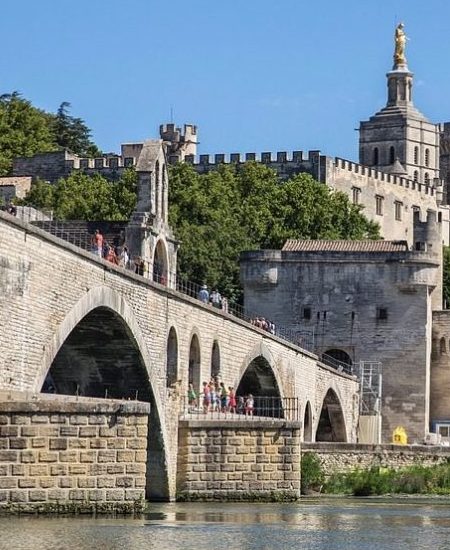
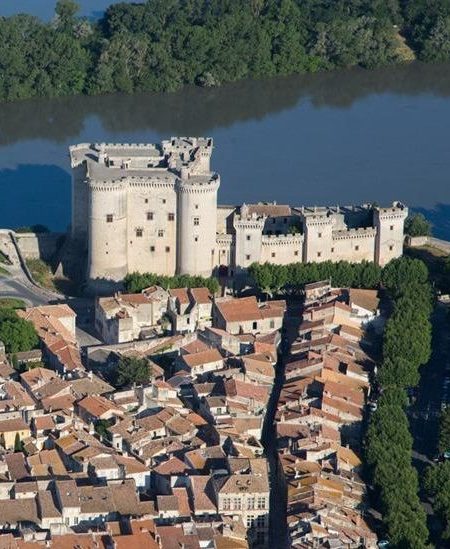

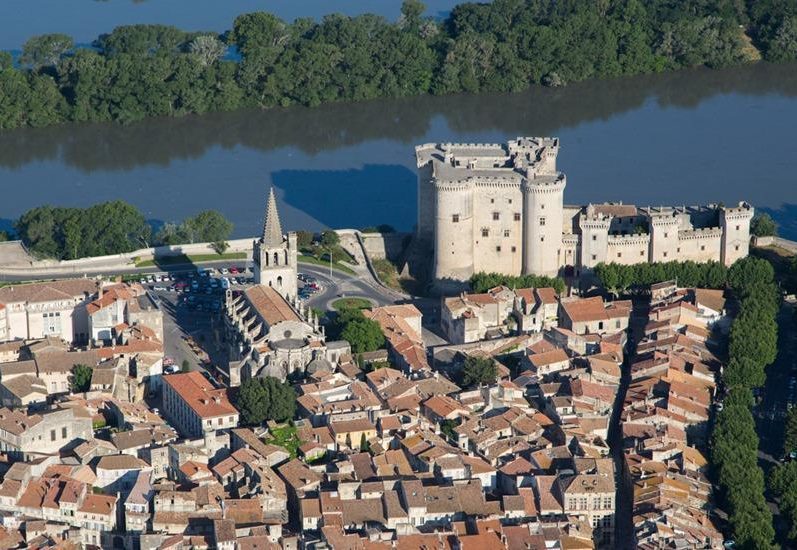
Tarascon
Near the left bank of the Rhône is the medieval town of Tarascon.
Historically, Tarascon has always been a crossing point for the Rhône.
Today, the town is full of treasures such as its famous Chateau, which was built on the site of the Roman Castrum to guard the border with Provence.
The charm of the city is also to be found in its medieval architecture and its streets, each one more beautiful than the next, with the Rue des Halles at its centre.
Avignon
The historic centre of this former city of the popes is a UNESCO World Heritage Site.
A meeting place, lined with café terraces and restaurants, the square is always very lively. Just like the Place du Palais above, a vast esplanade taken over in summer by street performers. And as its name suggests, here is the formidable Palais des Papes, emblem of the city and monumental witness to the importance of Avignon in the Christian world in the Middle Ages.
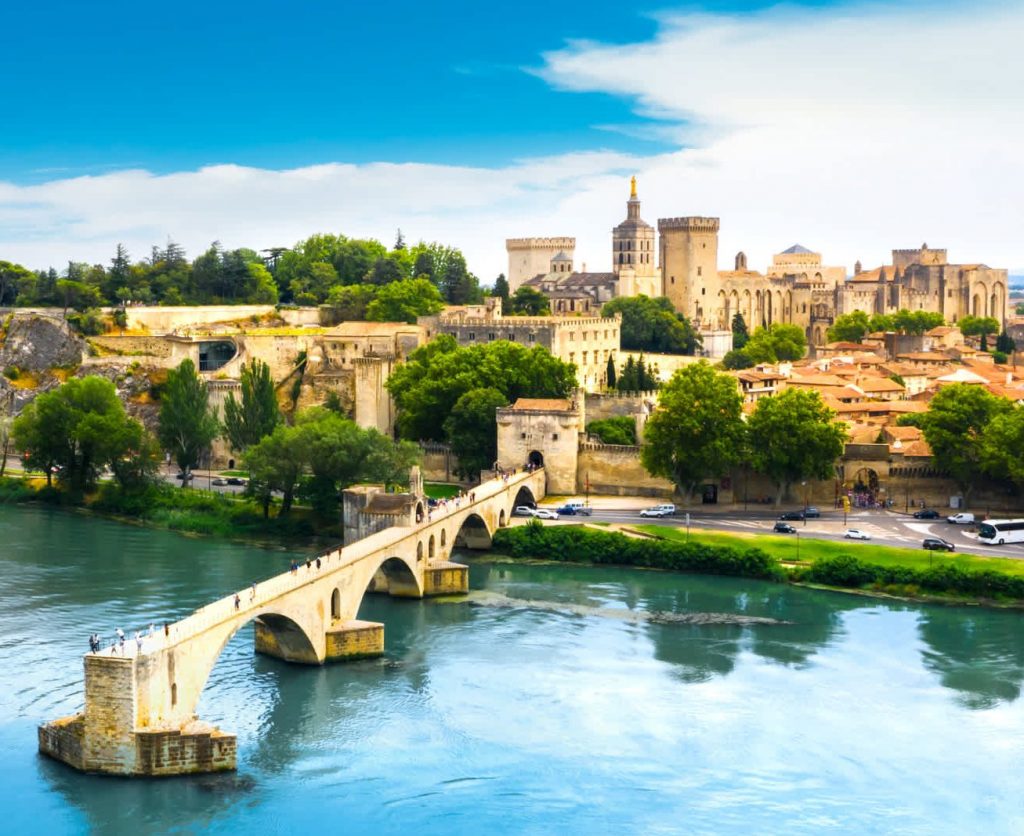
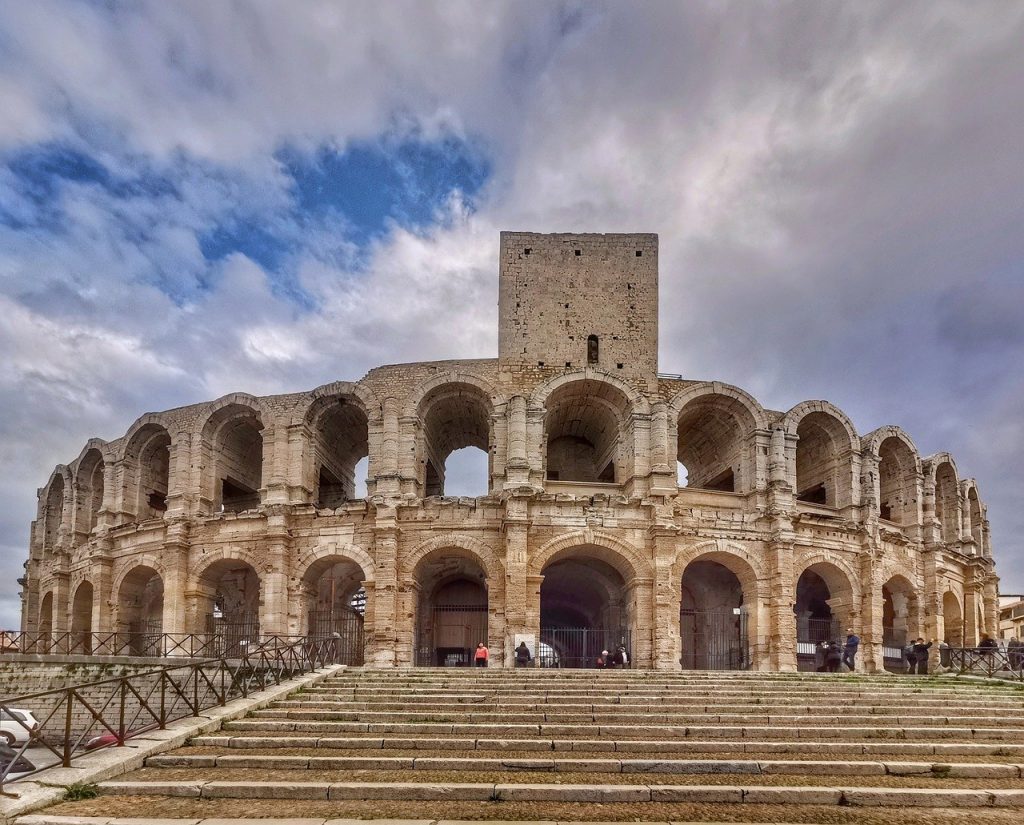
Arles
City of Art and History rich in ancient remains. Arles is a city located on the Rhône River in the Provence region of southern France. It is famous for having inspired the paintings of Van Gogh, who influenced the contemporary art exhibited at the Vincent Van Gogh Foundation. Once the provincial capital of ancient Rome, Arles is also renowned for its many ruins from that era, including the Arles Amphitheatre, which now hosts plays, concerts and bullfights.
Les Baux-De-Provence
The village of Baux-de-Provenceperched on a rocky outcrophas a architectural heritage that is incredibly rich. Its citadel dominates natural sites of extraordinary beauty.
Discover one of the Most Beautiful Villages in France and its places full of history.
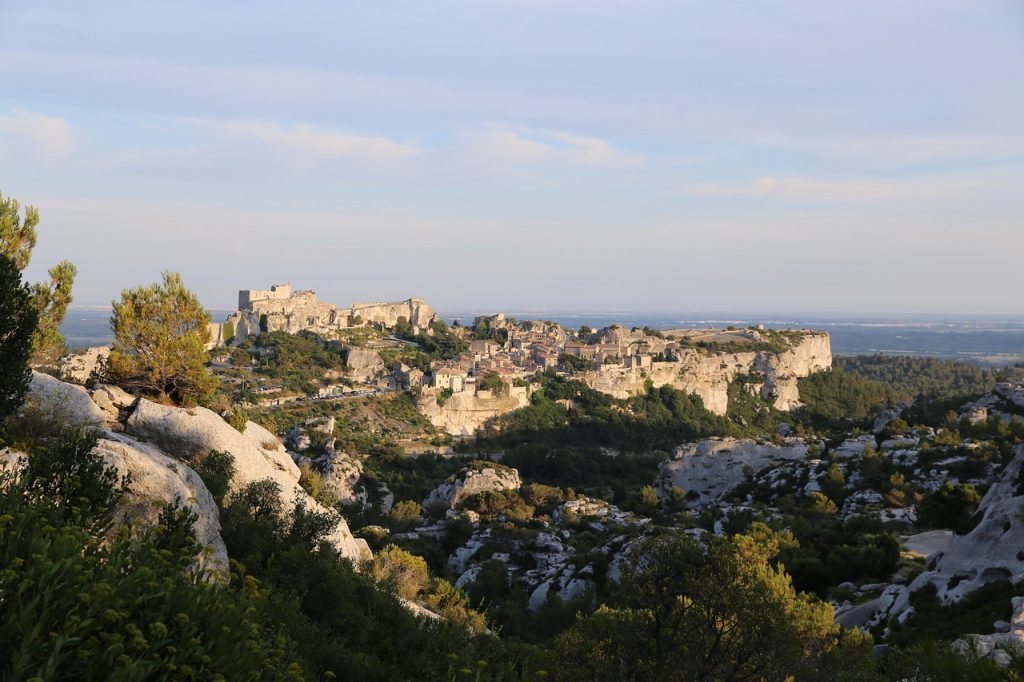
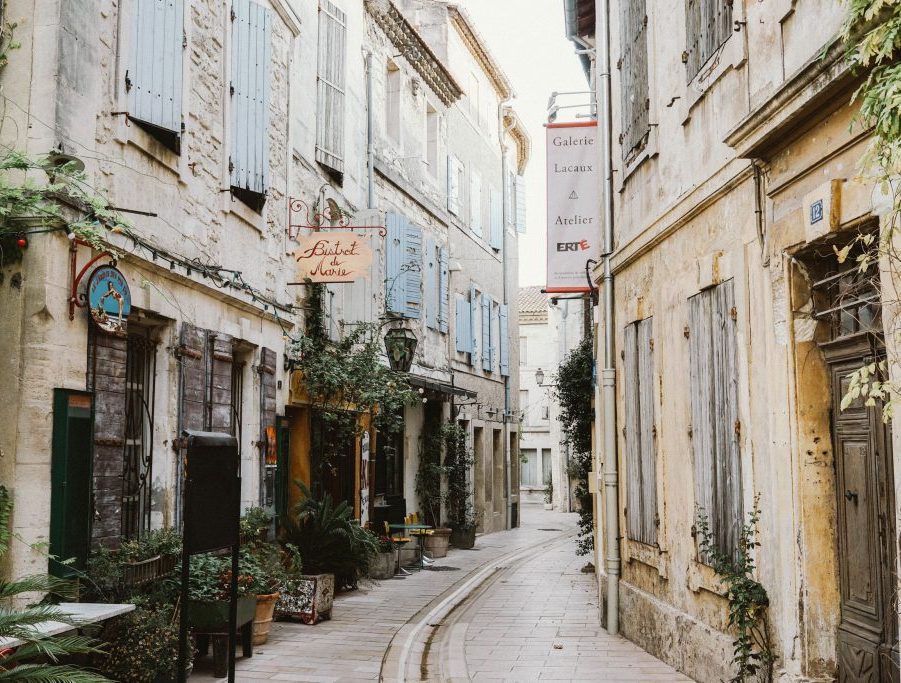
Saint-Rémy-De-Provence
In the majestic setting of the Alpilles, between Avignon and Arles, lies a little jewel: Saint-Rémy de Provence. Beautifully restored houses, Renaissance and 18th century mansions, chapels and convents line the small winding streets of the historic centre. Shaded boulevards, squares embellished with old fountains and café and restaurant terraces are all invitations to the Provencal art of living. A beautiful heritage enriched by the archaeological site of Glanum and the Antiques, of which the Arc de Triomphe and the Mausoleum of Julius are the exceptional testimonies of the High Antiquity.
L'Isle-Sur-La-Sorgue
Known as the "Venise Comtadine", L'Isle sur la Sorgue is one of the most attractive towns in the PACA region because of its exceptional living environment. It draws its attraction from the Sorgue, a river whose source never dries up, giving the strange impression of a miraculous suspension of time. The antique shops, the boutiques with character, the galleries, Campredon Art Centre, a cultural Mecca, all these ingredients maintain the myth of the "L'Isle sur la Sorgue" phenomenon.
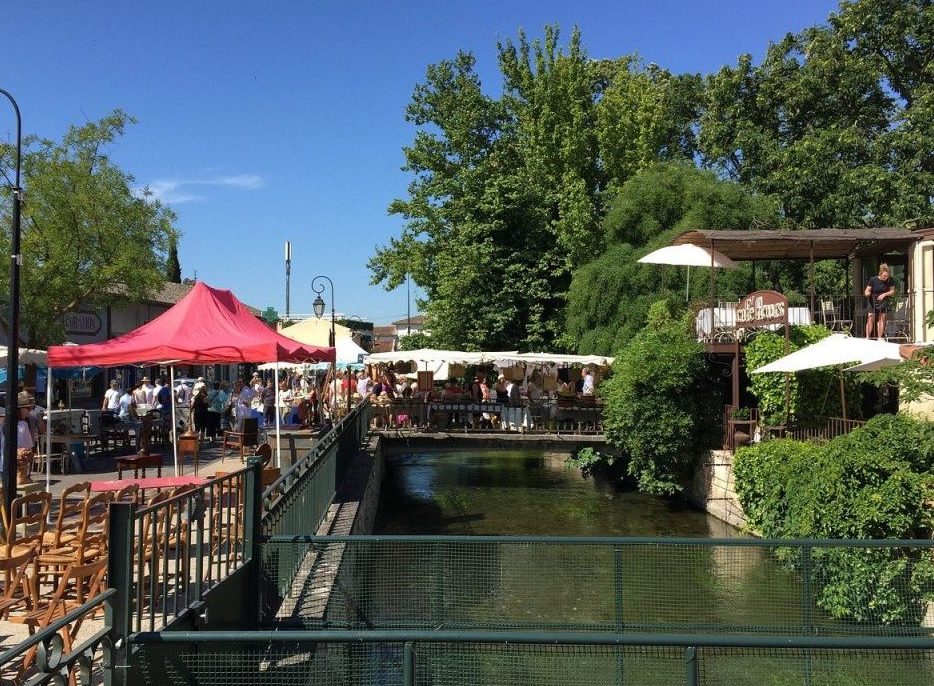
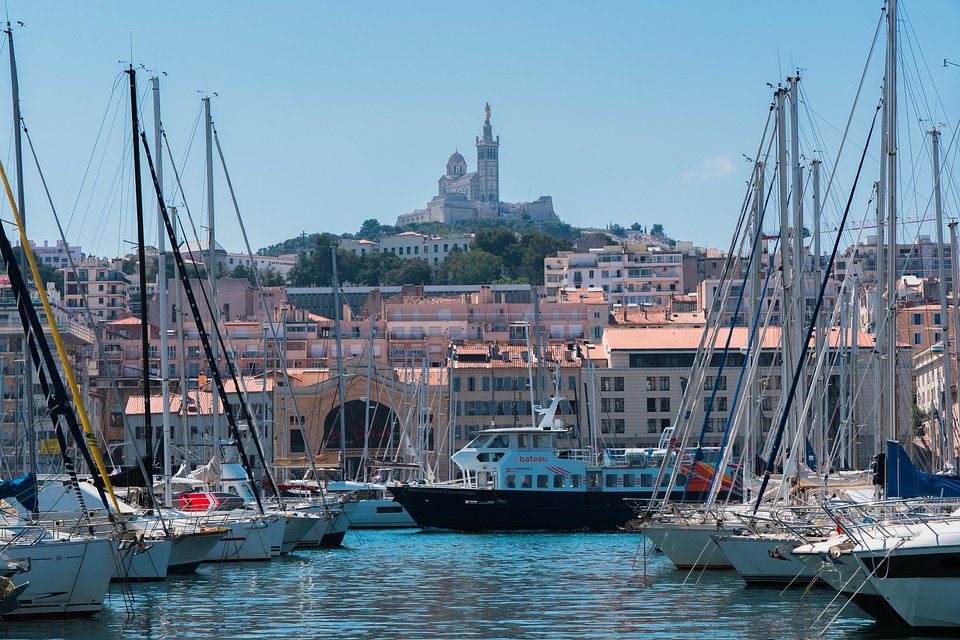
Marseille
Mediterranean city, with its shopping pleasures, its heritage, the pleasure of a terrace with a view of the Mediterranean, its architectural beauties. Marseille with the Old Port, the lungs of Marseille. In the 18th century, the Old Port was at its peak: ships, quays crowded with merchandise, carpenters, sailors, shipowners, convicts from the Arsenal... Fort Saint-Nicolas and Fort Saint-Jean, which protected the entrance to the port and kept an eye on the inhabitants of Marseille. But also its islands, the Goudes, so many things to discover with the flavour of the south.
Nimes
The city of Nîmes was built in a remarkable way around and with its Roman monuments. It is this ancient architecture, which has been developed over the centuries, that has given the city its identity, its personality and its uniqueness, giving it an exceptional universal value.
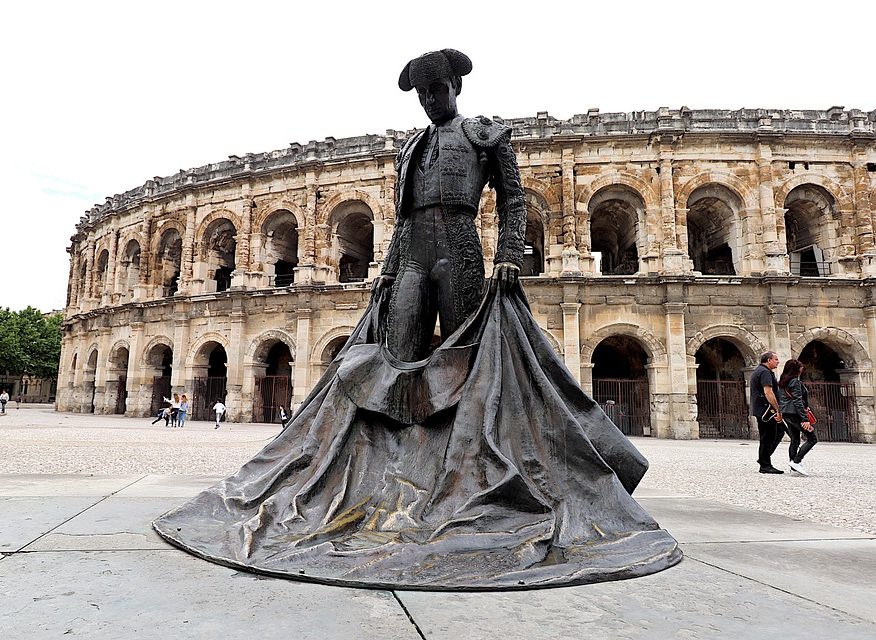
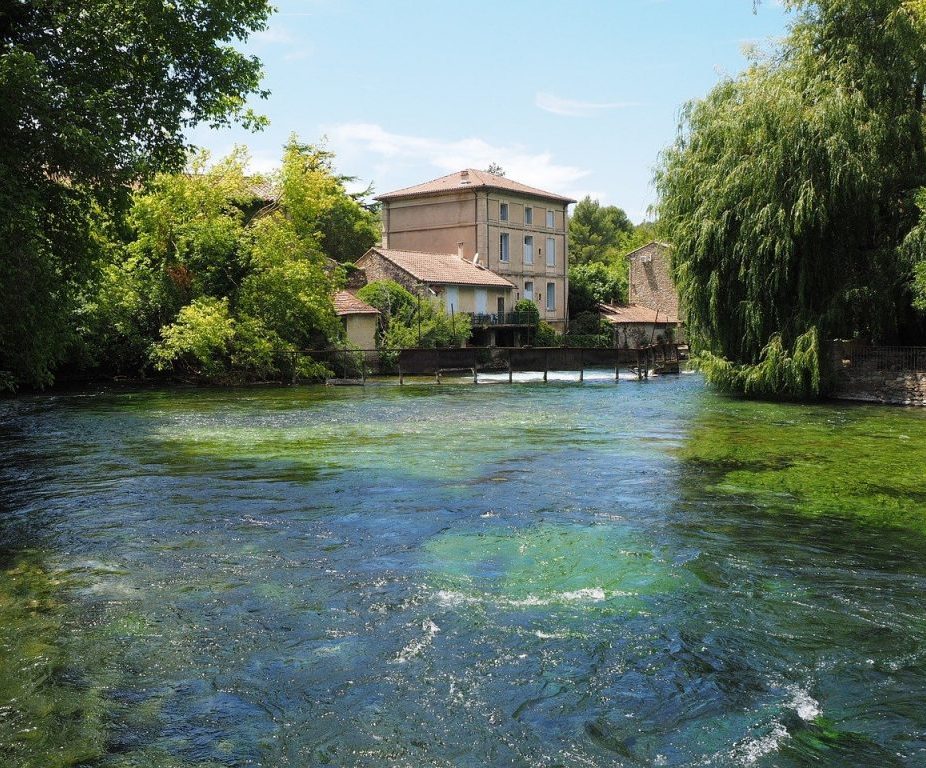
Fountain of Vaucluse
The commune of Fontaine de Vaucluse nestles around its chasm in a valley at the foot of a cliff in the Monts de Vaucluse. It is indeed the valley that gave the name to the department of Vaucluse - Vallis Clausa or the Close Valley. The small sunny village lends itself well to a little "Sunday walk". At your own pace you can stroll in the coolness emanating from the spring, admire the vestiges and small historical monuments, visit the local craft shops (glass and crystal, stationery, confectionery, jewellery and pottery), the santon eco-museum, or recharge your batteries on the terrace of one of the restaurants or ice-cream parlours after having climbed, gently, up to the source of the Sorgue.
Pont du gard
The Pont du Gard is located in the heart of a region with a rich historical heritage near Nîmes, Uzès and Avignon. The Pont du Gard is the most visited ancient monument in France and an aqueduct classified by Unesco. It remains one of the great masterpieces of humanity. A marvel of Antiquity, a technical feat, it is also a magical site, which has become wild again since its redevelopment.
It is 48 metres high and has a triple row of superimposed arches: 6 arches on the lower level, 11 on the second and 35 on the third. Its length reaches 273 metres in the upper part (originally 360 with 12 additional arches).
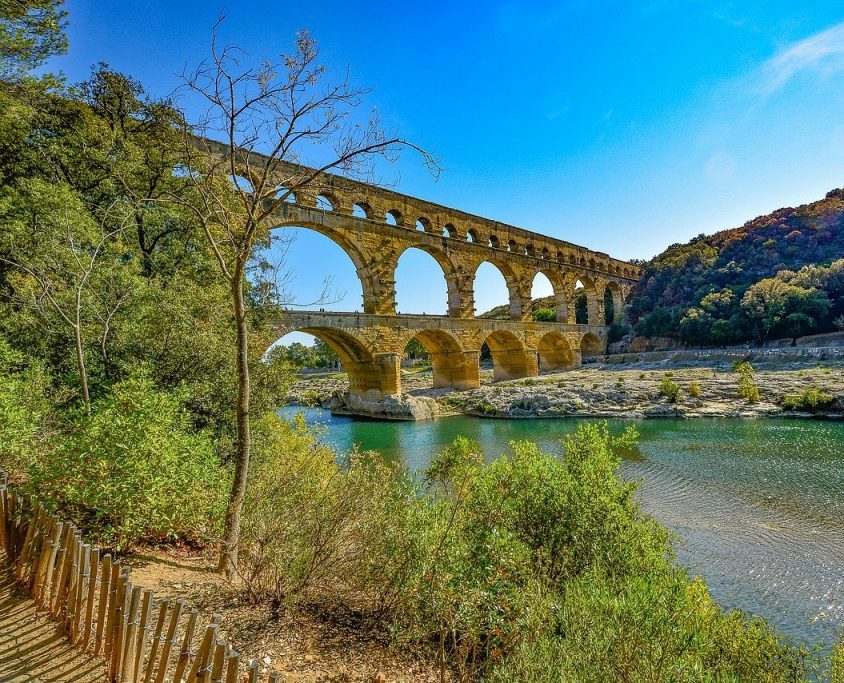
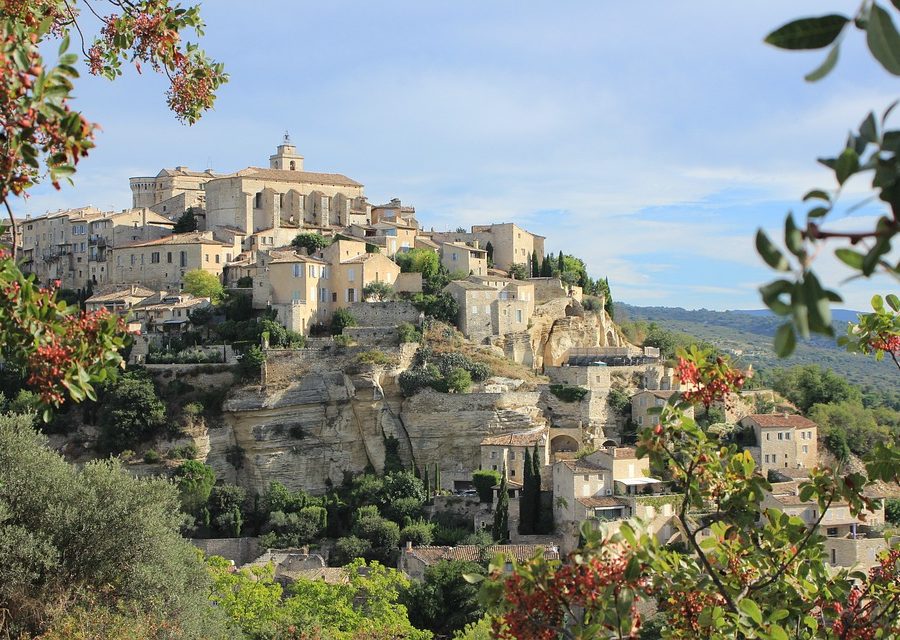
Gordes
A superb perched village in the heart of the Luberon. On the borders of the Luberon Regional Natural Park, in the heart of the Vaucluse mountains, Gordes is the emblem of the Provençal perched village. Described, photographed and admired a thousand times, it owes its aura to the illustrious artists who once revealed it and left a cultural imprint that is still alive today.
The Camargue
The Camargue, a vast wetland area located in the Rhone delta, is an exceptional region: biological wealth, diversity of flora and fauna, variety of landscapes, the grandeur and history of Provencal culture...
From sandy beaches to reedbeds, from rice fields to wheat fields, from salt marshes to the Grande Bleue, the Camargue Regional Nature Park offers visitors many faces. Born from the struggle between the Rhône and the Mediterranean Sea, the Camargue is, from a biological point of view, one of the richest regions in Western Europe. Situated on the migration route of birds from northern Europe to Africa, the Camargue is a major migratory stopover. It is also home to the only nesting place in France for pink flamingos, its world-famous emblem. Pink flamingos, but also bulls, horses, little dukes, gulls, sea swallows, herons, beavers, stilts... a multitude of animal and bird species live in this exceptional territory.
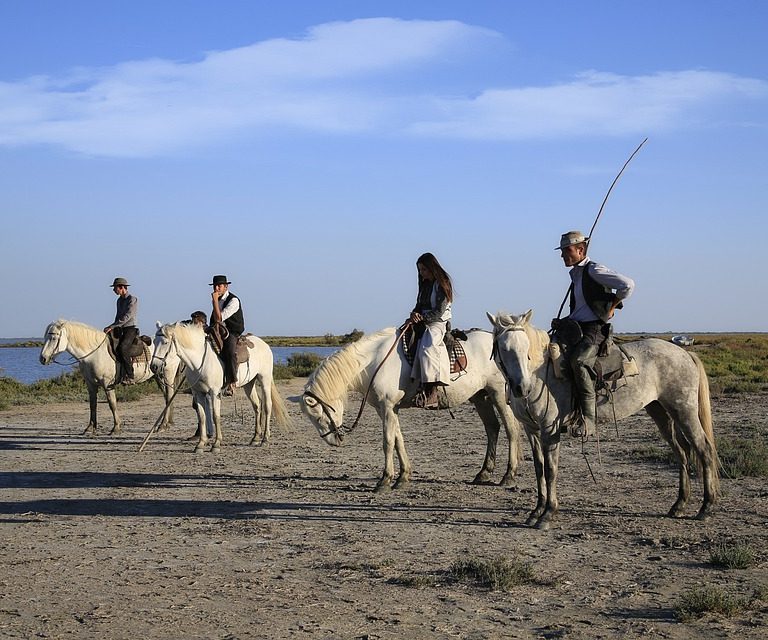
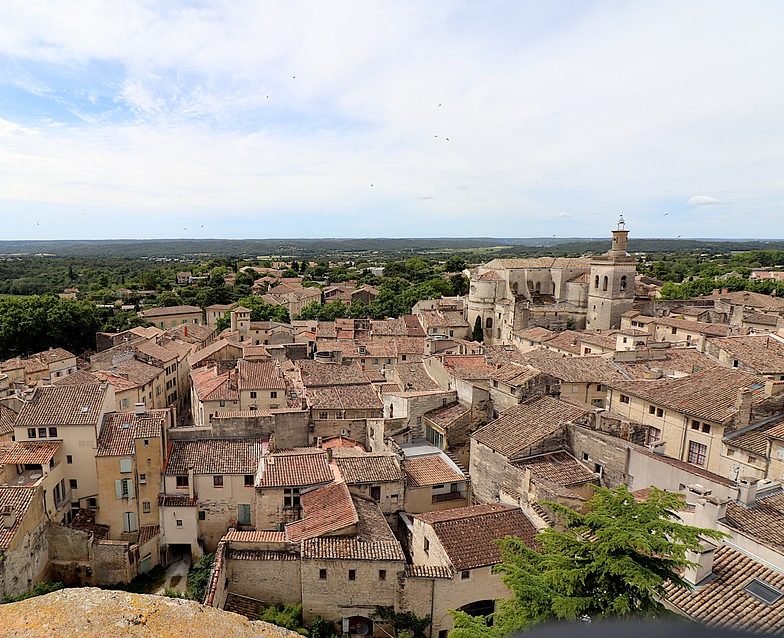
Uzès
First duchy of France. Situated in a triangle formed by the cities of Nîmes, Alès and Avignon, the discreet but very elegant town of Uzès has preserved many traces of its rich past. Surrounded by the Boulevard Gambetta, the medieval town is a maze of narrow streets and shady squares lined with 17th and 18th century town houses. Under the arcades of the Place aux Herbes and in the neighbouring streets, a market is held every Saturday, whose reputation has long since spread beyond the borders of the region. You will find a profusion of local products, in the warm and colourful atmosphere of the Provence markets.


Contact
Route d'avignon, 13150 Tarascon
+33 6 07 89 70 41
contact@masdeguerin.com
